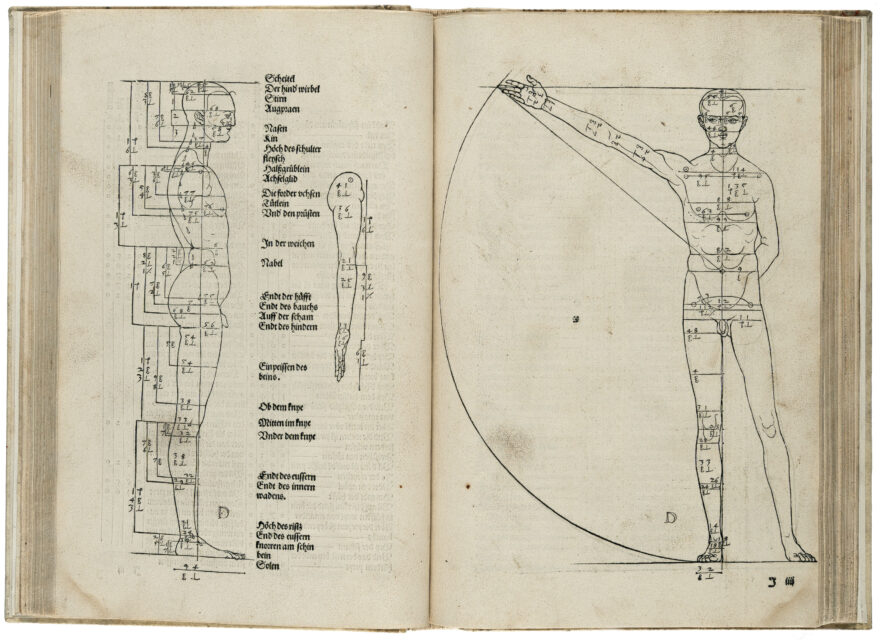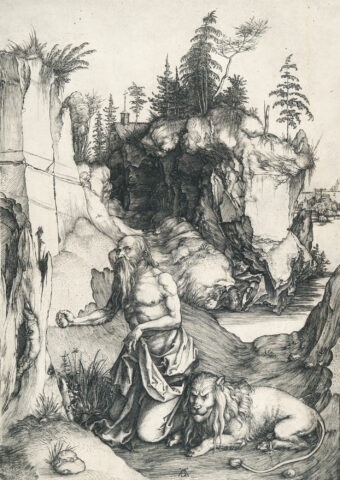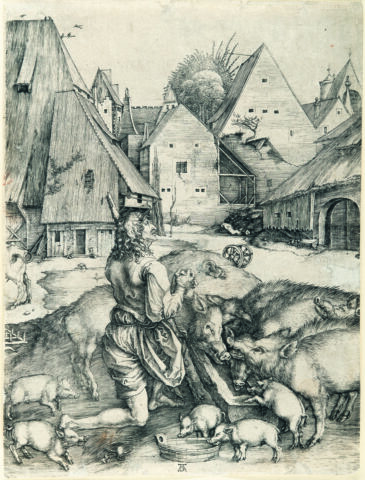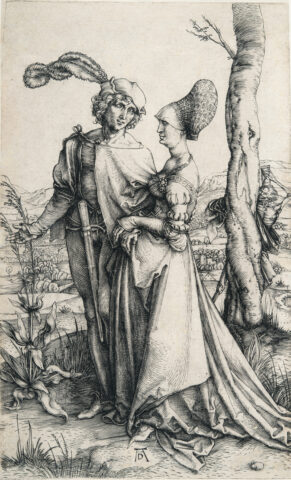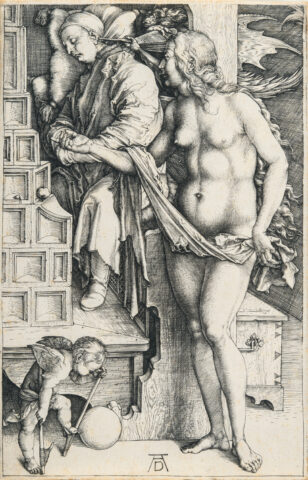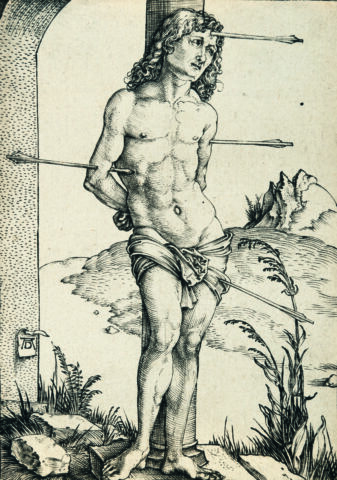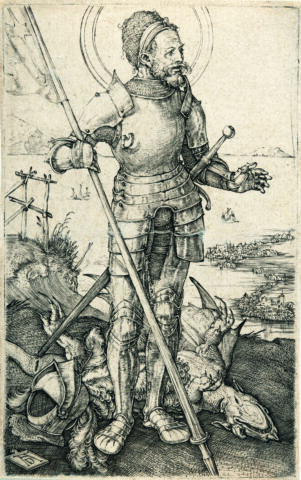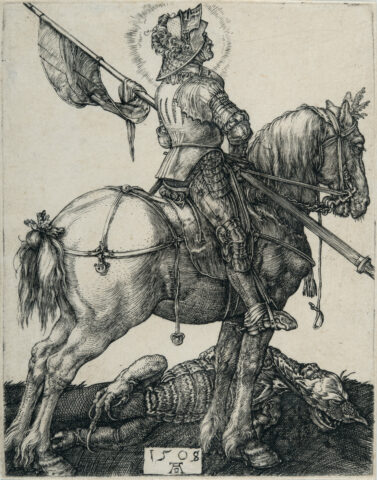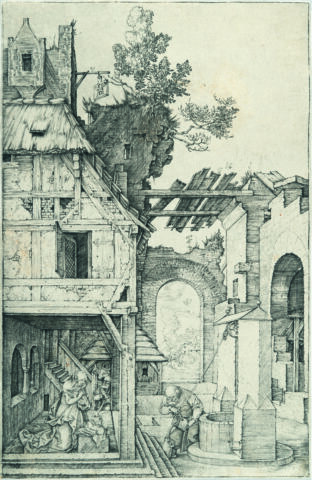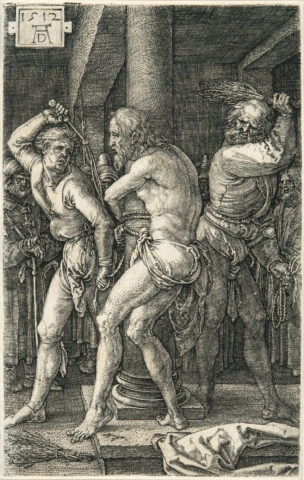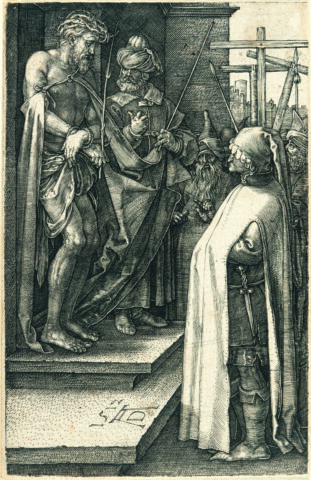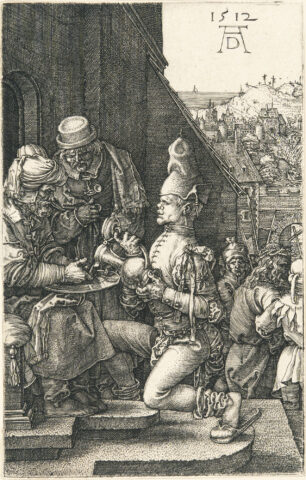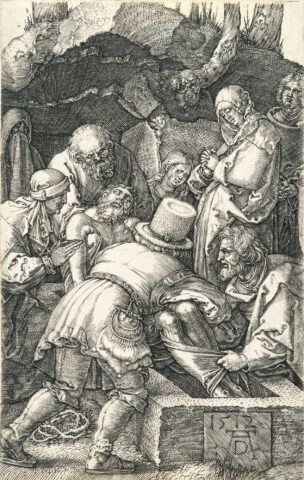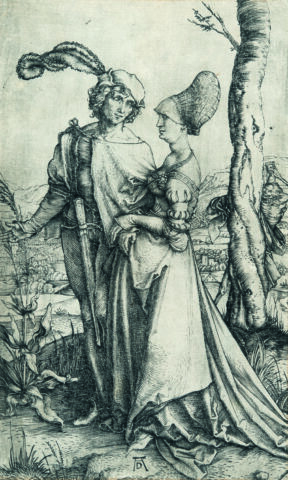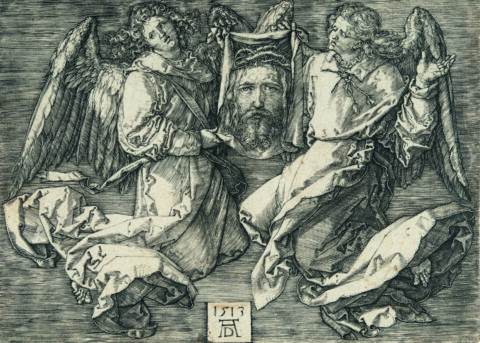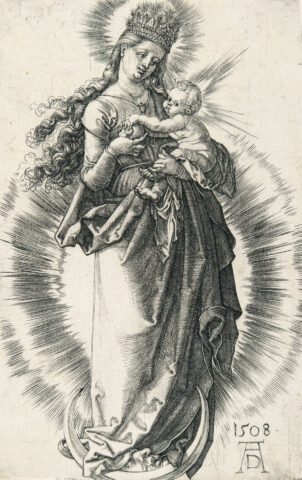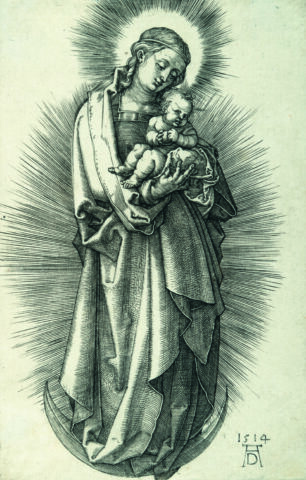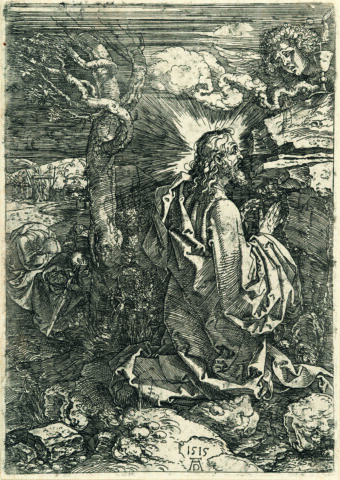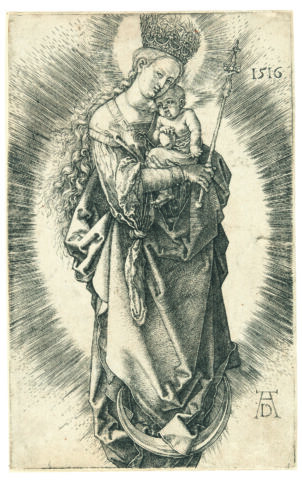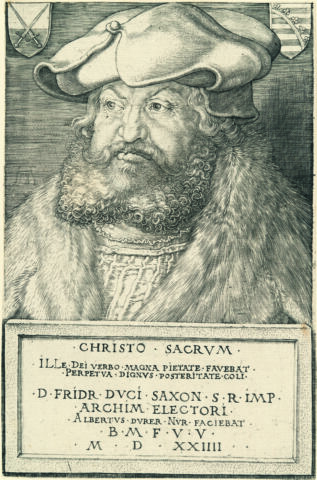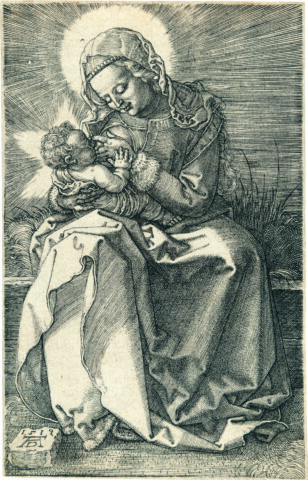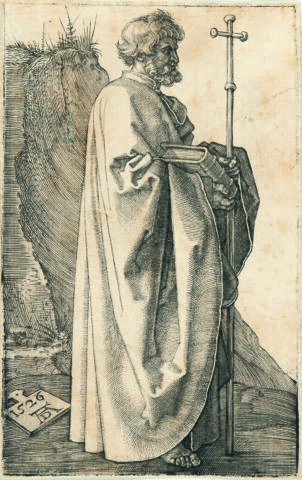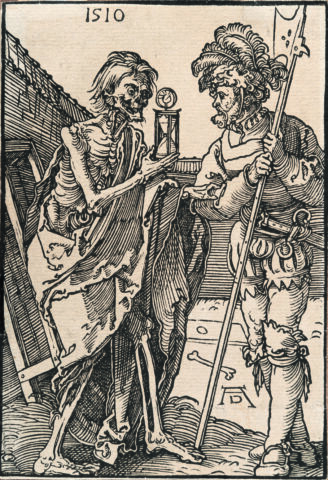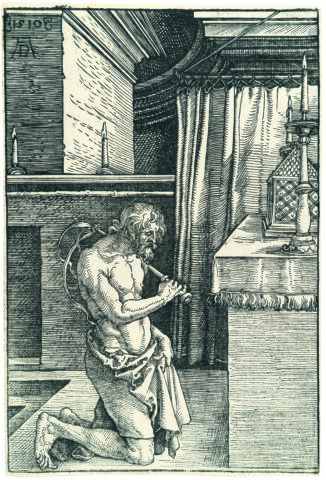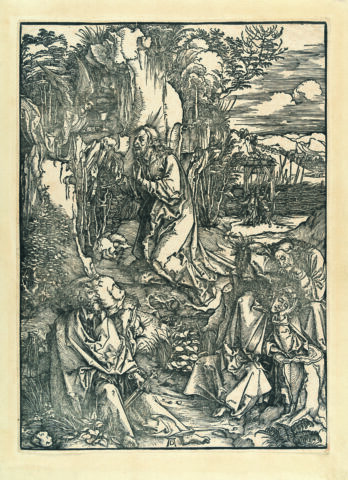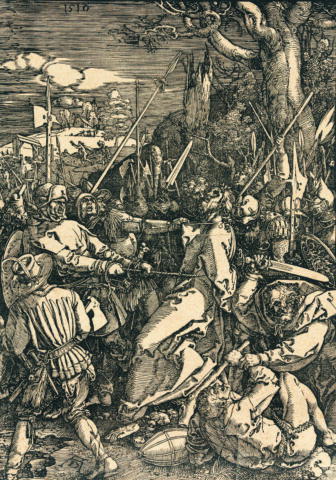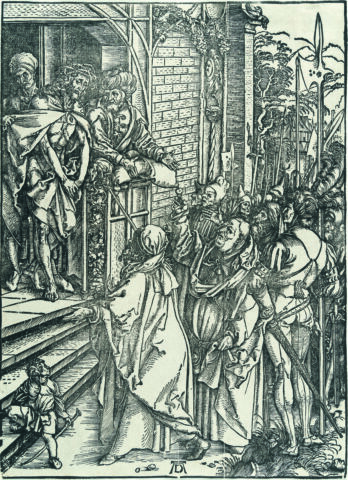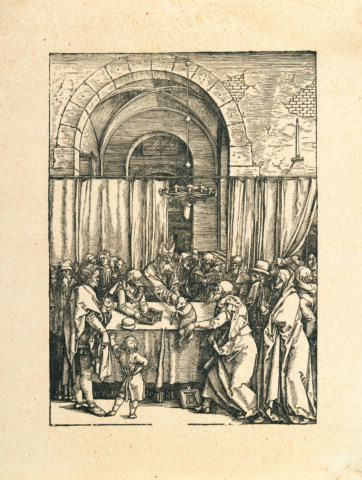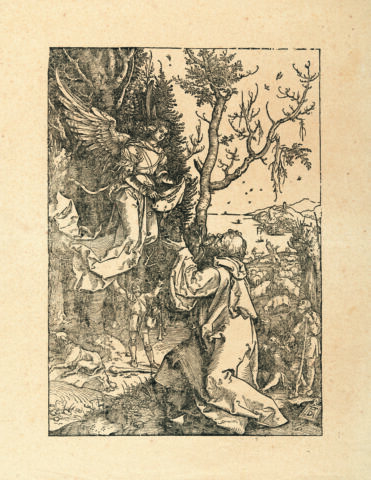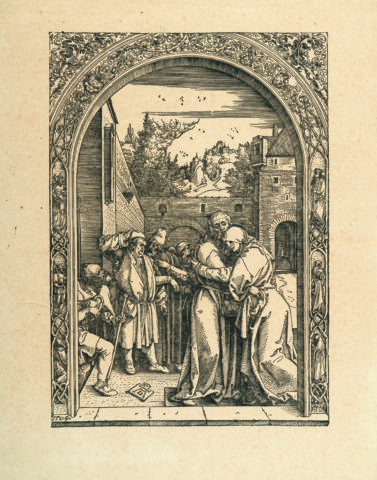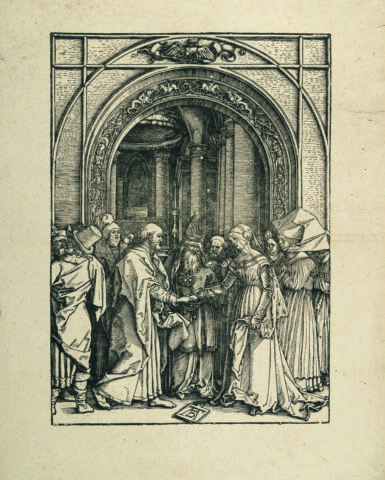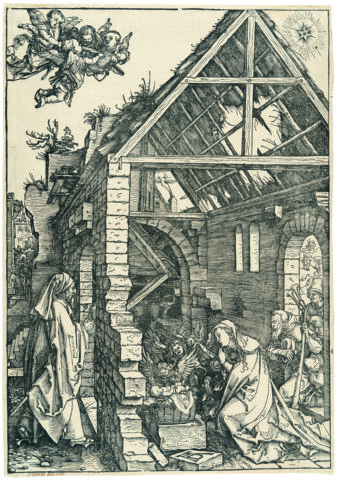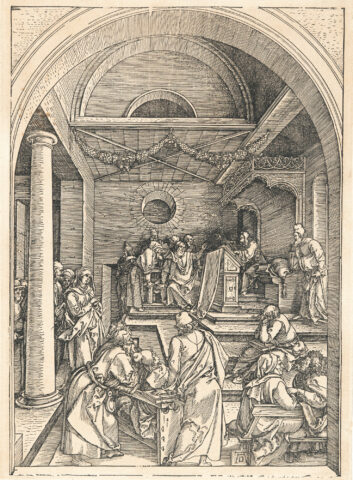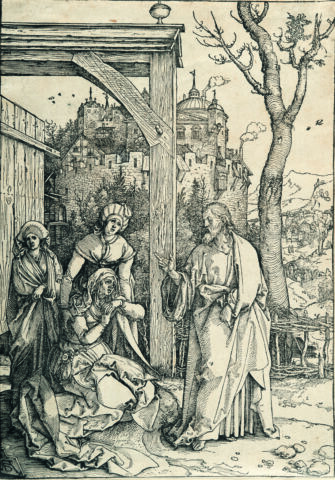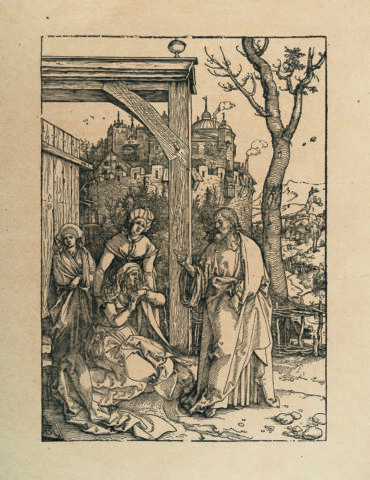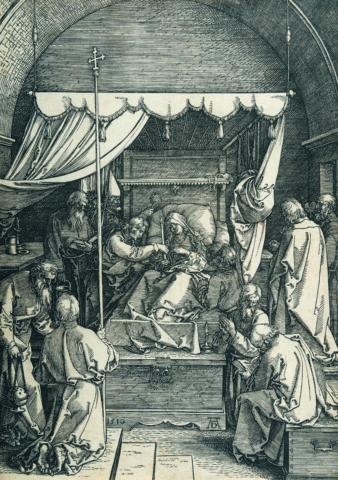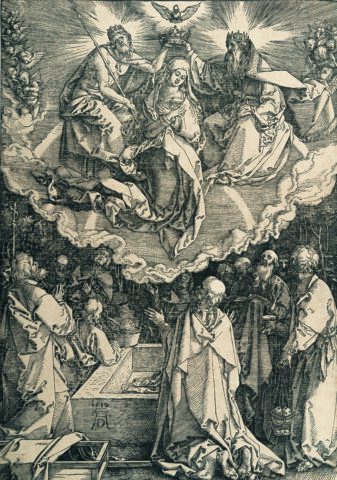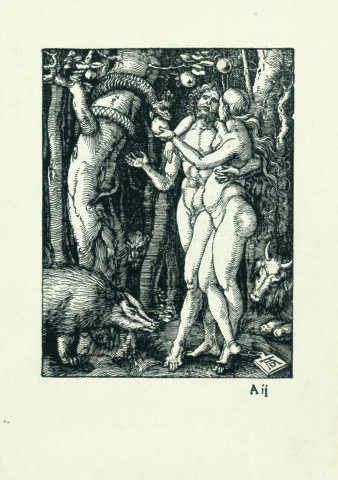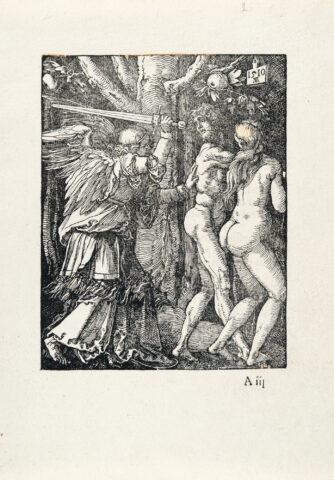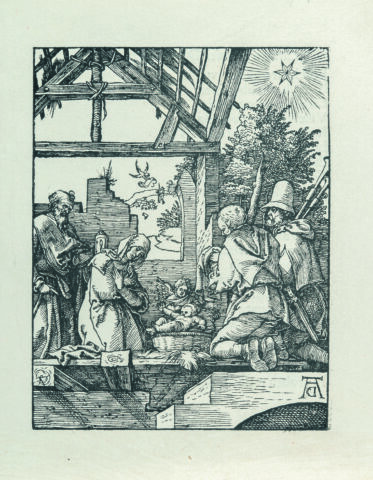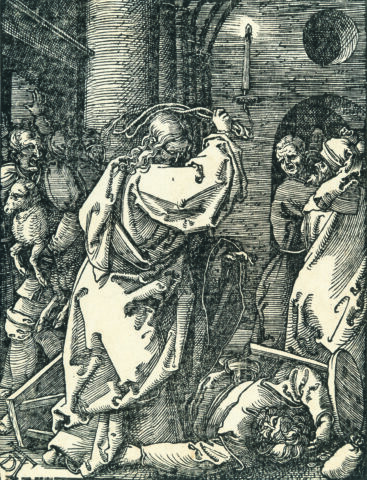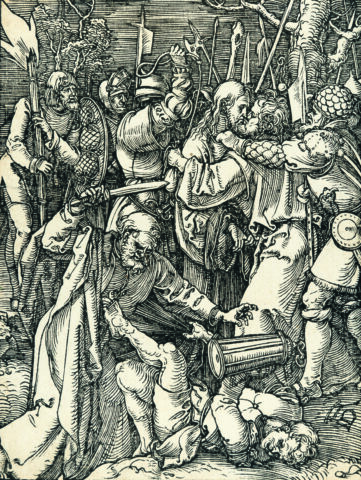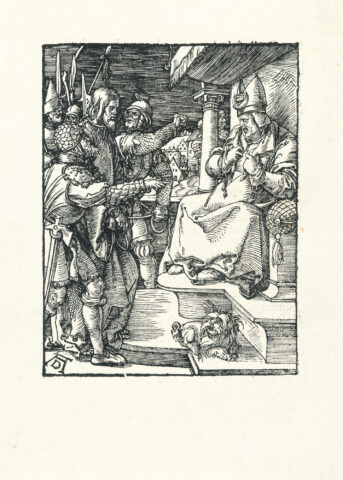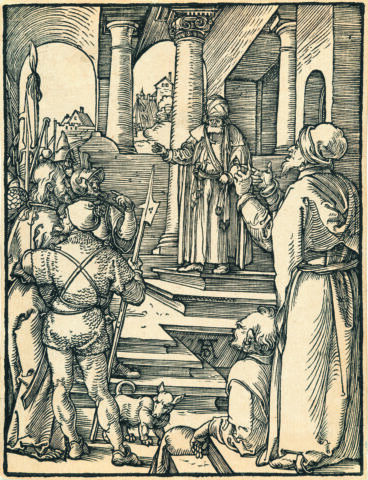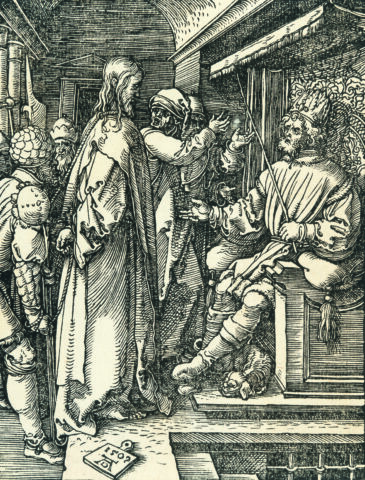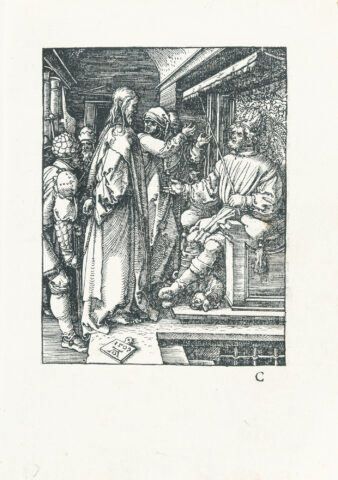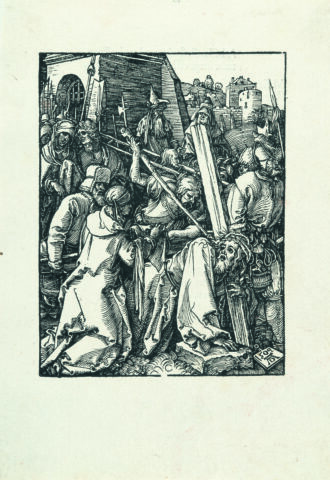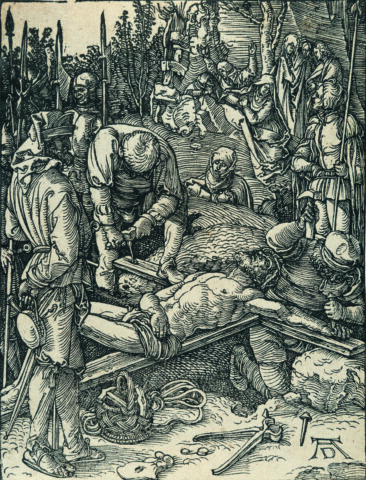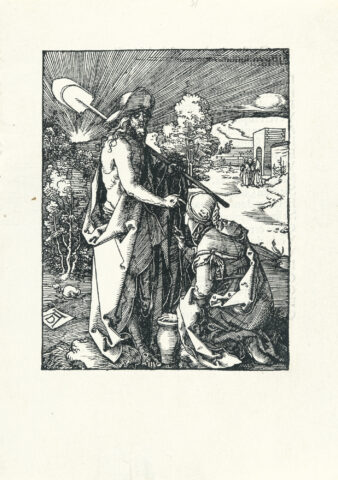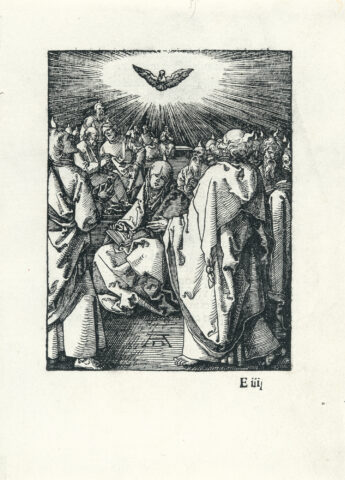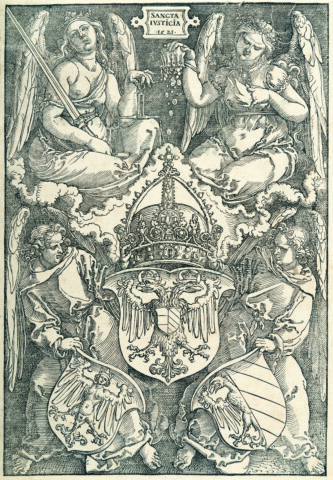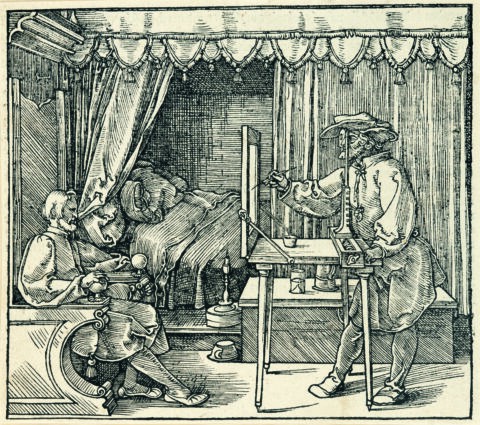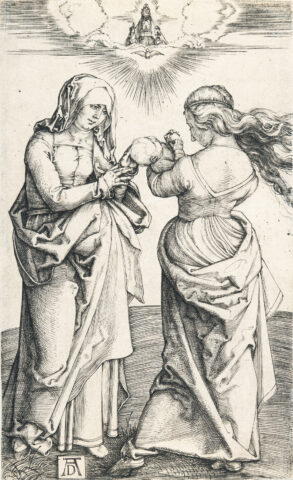
Book IV of: Hierin(n) sind begriffen vier biicher von menschlich
Details
Meder P. 288, XXIX/1; Schoch/Mende/Scherbaum 277. VD 16 D 2859; Bohatta 17; Garrison-Morton 149; NLM/Durling 1295; Stillwell Science 622.
Descrizione
Dürer developed a strong interest in science in the latter years of his life. His three theoretical volumes are an epochal work of art literature and are among the highlights of European book art of the Renaissance. They contain the quintessence of all of the artist’s scientific research. As a result of his work on the volumes, fewer prints and pictures were created during this period – but the works from the last few years of Dürer’s life, as well as his theoretical writings, are among the highlights of his oeuvre. Dürer wanted to provide artistic practice with a theoretical foundation and to familiarise Northern Europe with the latest findings of the Italian Renaissance. His instructions on measurement appeared in 1525, the theory of fortification in 1527 and the theory of proportion was published posthumously in 1528. Dürer had been concerned with the ideal proportions of the human body since his first stay in Venice in 1494. He thought about writing a comprehensive textbook for painters in German as a result of this. He expanded upon Vitruvius’s theory of proportion with a process that allows human figures to be compressed and stretched. “By developing such variations as are necessary to be able to give different types of people individual forms, he strives, in contrast to his Italian and classical forerunners, to distinguish the difference between the unique appearance of a person and the general characteristics of the species. Two conclusions arose for Dürer from this demand: the necessity of absolute faithfulness to nature and, in connection with this, the justification for being allowed to depict ugliness, but on the condition that the artist had the necessary level of talent.” (Anzelewsky). In contrast to Albrecht Dürer, Leonardo never published his findings himself and, despite his strong desire for research, he left no lasting printed work. The theorist Dürer made groundbreaking achievements, particularly in descriptive geometry. Much of what he developed, for example about planar curves and geometric transformation processes for creating images based on central perspective, was only rediscovered by the mathematicians of the 18th century in the context of general theories. – Sheet with slight fingerprint stains and minor soiling at the edges as well as occasional old ink stains, mainly on the reverse of the title leaf and the last page. Title leaf with old paper repairs, two of the leaflets with repairs due to minor tears and four other sheets with small repairs to the edges. The leaves are slightly trimmed. Old water stains on the first and last leaves. The back of the title leaf with a coloured portrait sketch and old handwritten notes. The parchment binding with slight soiling. Characteristic signs of age and wear, overall a beautiful and completely preserved example.
* Tutte le informazioni includono la commissione a carico dell'acquirente (27%) senza IVA e senza garanzia. Salvo errori.
** Tutte le informazioni più la commissione a carico dell'acquirente e l'IVA e senza garanzia. Salvo errori.
*** Con riserva: L'offerta è stata accettata al di sotto del limite. L'acquisizione dell'opera potrebbe essere ancora possibile nella nostra vendita post-asta.
R = Le opere d'arte regolarmente tassate
N = Opere d'arte soggette a tassazione differenziata e provenienti da un paese non UE
Non è consentita la riproduzione e la distribuzione privata o commerciale di tutte le illustrazioni delle opere esposte nell'archivio della mostra e dell'asta. Tutti i diritti riservati.


